In Collecting Indigenous Feces, A Slew of Sticky Ethics
In August of 2018, Hortensia Caballero Arias boarded a small plane that would take her deep into the Amazon in search of feces.
Her destination was the home of the Yanomami, indigenous hunter-gatherers and farmers who live in the rainforests and mountains of northern Brazil and southern Venezuela. Raised far away from the processed diets that fuel most of Western civilization, the Yanomami likely harbor bacteria in their bodies that members of industrialized societies have lost. That makes their stool a rare trove of knowledge — one that could help explain why the collective health of urbanites appears to be in decline, and perhaps spare the Yanomami a similar fate.
But the tribe had little reason to trust the bustling, foreign world to which Caballero Arias, an anthropologist at the Venezuelan Institute of Scientific Research, belonged. A familiar name to scholars around the globe, the Yanomami first won fame through tragedy. Beginning around the middle of the 20th century, sustained contact with outsiders brought disease, destruction, and exploitation into their midst. Miners, spurred by the promise of gold in the 1970s, prostituted the tribe’s women and murdered its children; scientists, armed with notebooks and needles, filled test tubes with blood and disappeared.
The point of her trip, Caballero Arias knew, had to be about much more than poop. “We need to do the best research we can do,” she says. That means “not only trying to find out interesting data, but to accomplish important ethical goals. It is not easy.”
Caballero Arias and her colleagues are among the many scientists working to find and document the trillions of microorganisms that reside in the digestive tract — the gut microbiome — of the globe’s most isolated groups. The quest is an urgent one. As industrialization continues to encroach on the most remote regions in the world, researchers worry it’s only a matter of time before these rare microbes disappear for good.
The world is “losing gut microbial diversity” at an alarmingly rapid pace, says Aashish Jha, a geneticist at Stanford University who has conducted similar microbiome surveys among the indigenous populations of Nepal. “If we don’t document it now, we will probably not be able to document it ever.”
But some of the questions scientists like Caballero Arias and Jha are asking inevitably evoke issues around the ownership over materials taken or discarded from human bodies. As researchers continue to sample the world’s feces, they must grapple with the social and ethical implications of their work, or risk repeating the exploitative transgressions of the past. The scientists collecting these samples can’t just be concerned with the data they generate, says Rutgers University biologist Maria Gloria Dominguez Bello, a collaborator of Caballero Arias. What’s established between researcher and study participant, she says, should be a long-term relationship that protects the people involved as much as it advances the science.
Studies like those from Caballero Arias’ team underscore the value of the Yanomami way of life, Dominguez Bello says. Their world, after all, still contains “a richness that we have lost” and must preserve — not just for the rest of the world’s sake, but their own.
The human body is home to a bonanza of bacteria. For every one of our cells that’s human, there’s another that’s microbial, living on or inside us. These industrious tenants play crucial roles in our digestion, immunity, metabolism, and more — all in exchange for simple room and board.
In the last 20 years, leaps and bounds have been made in genetic sequencing technology. These advances have equipped scientists in the burgeoning field of microbiome research with the tools to sift through the contents of human bowels and analyze the genomes of the microbes that reside within. Once maligned as a mere waste product, feces — data-rich samples of the intestinal innards — have become scientific gold.
The news poop has for us is grim. Just like their human hosts, microbes are sensitive to their environment, and certain strains will ebb and flow depending on everything from diet to disease. Researchers now know that features of the Western world like widespread use of antibiotics, excessive hygiene and sanitation, and a diet consisting mainly of refined, sugar-rich foods are devastating the communities of beneficial bacteria in our guts — a loss that’s been linked to soaring rates of asthma, obesity, and autoimmune conditions in industrialized countries.
To restore microbial diversity, researchers have turned to isolated indigenous tribes like the Yanomami, a group believed to be among the last to house a semblance of humankind’s rich ancestral microbiome.
But just like blood, saliva, or any other fluid or tissue taken from a human body, stool is a biological sample, produced by a living organism, and its collection comes with an ethical responsibility. History is rife with examples of researchers who have ignored the cultural values of participants, objectified them as one-dimensional pools of information, and failed to compensate them for their contributions. In 1932, the United States Public Health Service began the decades-long Tuskegee experiment, deliberately withholding treatment from a group of black men with syphilis in order to watch the disease progress. A half century later, Arizona State University scientists collected DNA samples from the Havasupai Tribe for diabetes research and then reused them without consent for projects on prehistoric migration, inbreeding, and schizophrenia — all considered taboo in Havasupai culture.
These transgressions have spilled outside U.S. borders as well. In the 1960s, two American scientists, bearing bribes of medicine and steel tools, goaded members of several Yanomami villages into giving up their blood, which ended up banked in freezers thousands of miles away without their permission. Another 50 years passed before the U.S. government mandated the samples’ return.
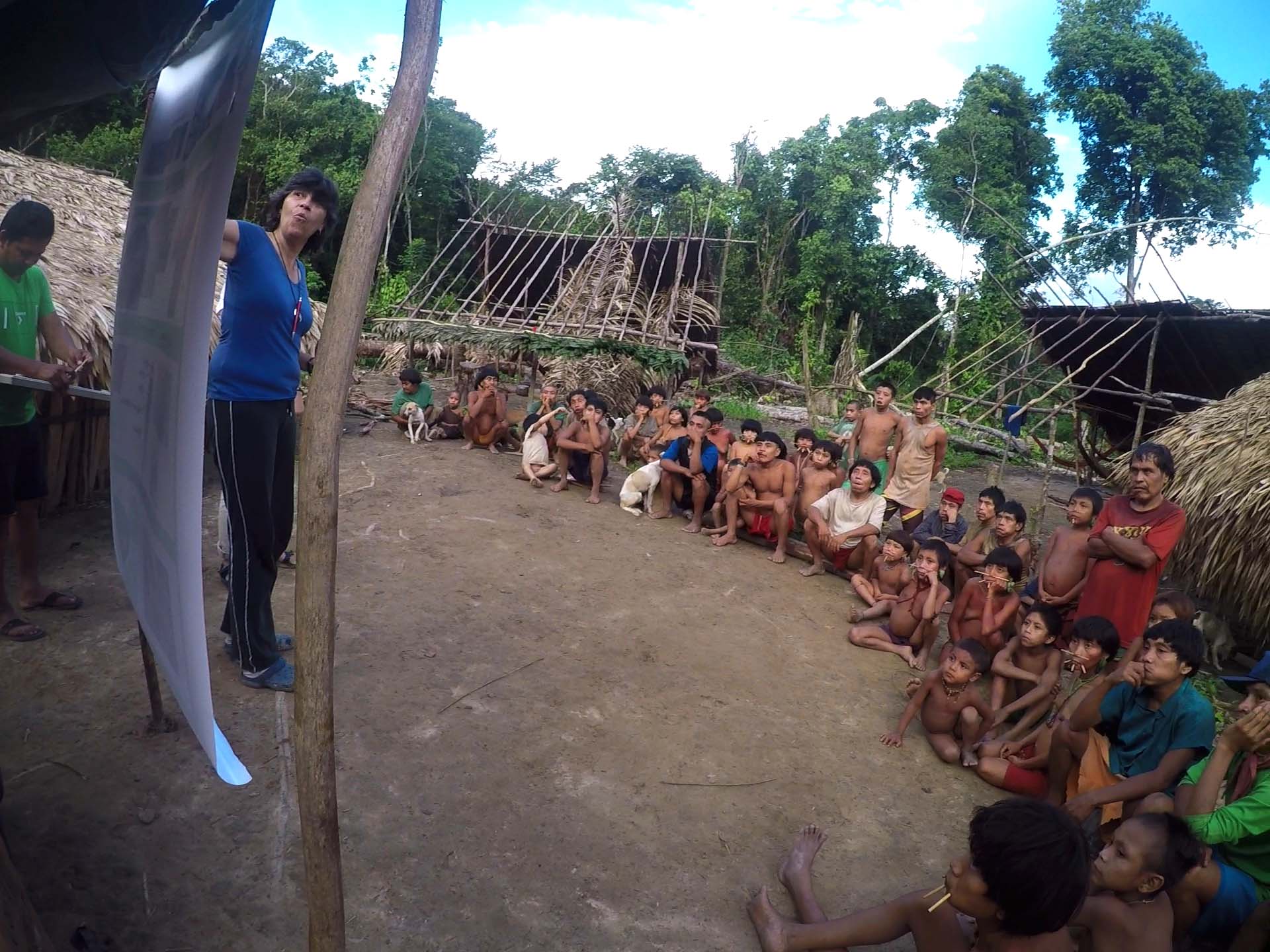
Nowadays, scientists aren’t supposed to collect blood and other biological samples without informed consent, an ethical standard that requires researchers to provide people with a clear understanding of a study before they commit.
But research remains a loaded concept in many Yanomami communities. When Caballero Arias and her colleagues arrived at the first stop of their summer 2018 expedition, a village along the Padamo River, they were immediately met with suspicion. “They told us, ‘we’re tired of scientists coming in and taking things from us — our knowledge, our blood — for profit,’” recalls biologist David Good, executive director of the eponymous Good Project, one of the nonprofits funding the Yanomami microbiome study. Decades of experience, Good says, had taught the Yanomami to be wary of the people they’d come to see as “drive-by scientists who come in, take their samples, and leave.”
Born to a Yanomami mother and an American anthropologist father, Good shared deep roots with the communities he and his colleagues hoped to partner with. But when the village’s leaders admonished the team, Good acknowledged that as scientists, his research group — his tribe — bore responsibility for past exploitations. This time, Good assured them, things would be different.
“We said, ‘on behalf of our tribe, we’re sorry.’”
Feces might seem a freely available resource — a data collector’s dream — especially to urbanites in the Western world. After all, “poop is something we just flush away every day, and we have lots of it,” says Alice Virani, an expert in biobanking ethics at the University of British Columbia. But, she adds, that cavalier attitude is far from universal.
There was laughter and some discomfort around fecal collection among the Yanomami, Caballero Arias says. At each community they visited, the researchers first spent three days in conversation with the villagers, explaining the value of the samples through translators and pictographic posters. In the end, about 40 people from each of two villages consented to donate: one along the Padamo River, where the community has adopted some Western customs like rice, pasta, cane sugar, and the use of antibiotics; and another, more remote community above the Guaharibos Rapids — the home of Good’s mother, Yarima — that still adheres to a more traditional hunter-gatherer lifestyle.
The samples are now at Dominguez Bello’s laboratory at Rutgers, where she hopes to analyze and map the microbiomes along a sort of urbanization gradient. In theory, those in the more remote village should have more gut microbe diversity, and, perhaps, fewer of the diseases plaguing industrialized society.
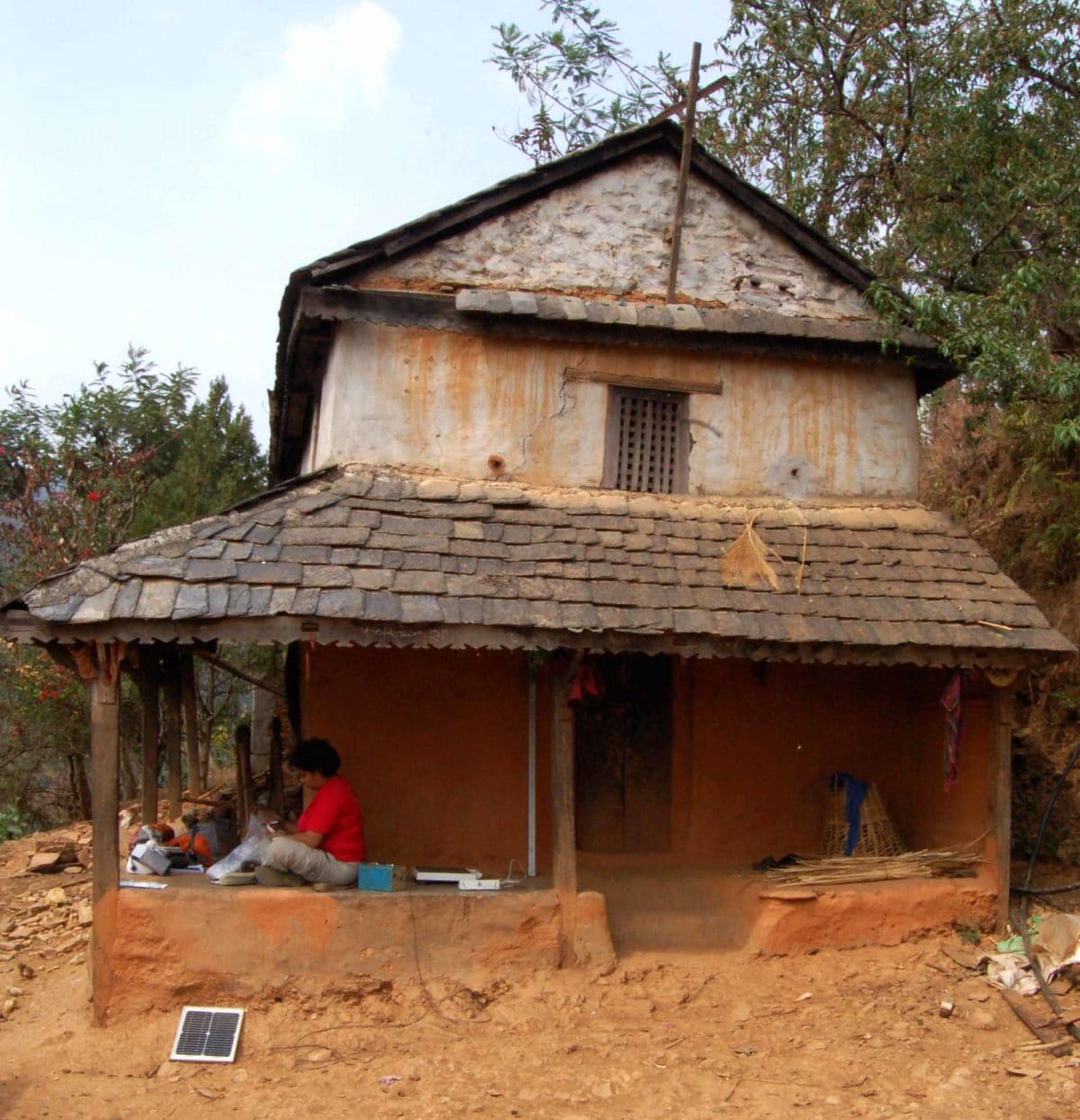
In Jimling, Nepal, a member of Aashish Jha’s research prepares to sample the feces of a community of Chepang people.
Visual: Courtesy of Aashish Jha
A similar situation has already played out for Stanford University’s Jha, who published a study in 2018 profiling the microbiomes of four indigenous populations in his home country of Nepal. The longer a community has been farming, Jha and his colleagues found, the more their gut microbes resemble Americans’ — evidence, he says, of industrialization’s broadening reach around the world.
At first, members of a hunter-gatherer population belonging to an indigenous Nepali ethnic group called the Chepang considered Jha’s request for feces a little “crazy,” says Biswash Chepang, a community member who helped facilitate discussions between the researchers and village leaders. But, proud of their culture and interested in revealing the benefits of their way of life, the Chepang ultimately welcomed the idea.
Another community from Nepal’s Raute ethnic group declined to participate. “They believe that when they die, their body” — including anything that came from it — “and their belongings should all go back to the soil,” Jha explains. “That’s how life ends.” As such, the Raute were “adamantly opposed” to allowing their stool to be “put somewhere in a lab,” he says.
Jha and his colleagues didn’t press the matter. “They weren’t willing to participate in microbiome sampling,” he says, though he notes that the Raute group was happy to donate saliva for a separate study on human genetics. “We respected the choice. And that was that.”
Once a sample of skin, blood, saliva, or feces leaves a person, physical ties are severed. Those cells — as well as the information they contain — are technically no longer part of a body. But beliefs like those of the Raute blur the lines of biological ownership, which Western scientists and policymakers alike are now struggling to define.
“We talk about owning a house or a piece of jewelry,” says Kieran O’Doherty, a social psychologist at the University of Guelph who has written extensively about the ethics of microbiome research. But the case is more complex when it comes to discarded, donated, or even stolen cells.
Few cases illustrate this dilemma better than that of Henrietta Lacks, a black woman whose cancerous cervical cells were extracted and cultured by white researchers without her knowledge in the 1950s. As Lacks’ health deteriorated and she died, her cells found their way into laboratories around the world, revolutionizing biomedicine and raking in millions for drug companies.
The Lacks family never received financial compensation for Henrietta’s contributions to science — an outcome that companies have justified by arguing that their knowledge and profits arose from research, rather than anything inherent to the cells themselves.
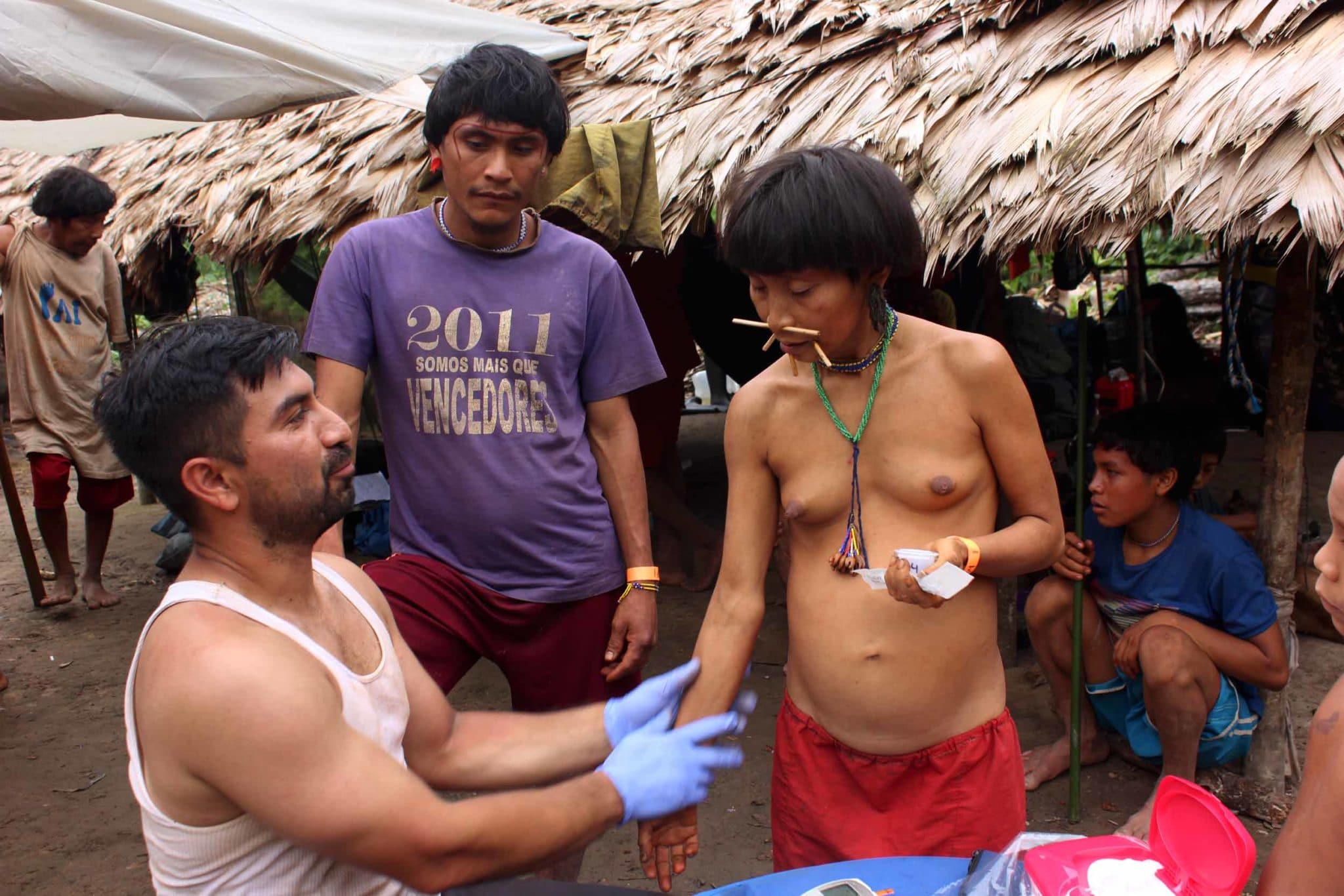
Similar claims about poop may soon come to the fore as researchers rush to commercialize therapeutics targeted at the highly malleable microbiome. Fecal transplants, in which feces from a healthy donor are transferred into the bowels of an ailing patient, are already used to cure severe infections of a bacterial strain called Clostridium difficile, which has proven difficult to treat with drugs. Scientists may soon deploy the poop-based treatments to combat several other conditions — including obesity and Alzheimer’s — that have been linked to the bugs in our bowels, raising familiar questions about how donors should be credited, if at all.
From body tissues down to DNA, the units of personhood are all inherited, making them, in a way, shared resources. All that murkiness is further compounded in the ever-changing entity that is the gut microbiome, a complex, living ecosystem whose members can hop from person to person or vanish entirely, says Sue Ishaq, a microbiologist at the University of Maine. Humans inherit their first microbes from their mothers. Then, over the course of a lifetime, these internal communities are shaped and reshaped by factors as vague and varied as diet, geographic location, medications, and even the presence of pets. The microbes that reside within us are themselves alive. And while they differ from person to person, they’re also irrepressibly communal.
In theory, kudos for a particularly data-rich or lucrative microbiome could go to the individual who contributed the sample, or to an entire community that’s likely to harbor similar bugs in their guts, Jha says.
But ambiguity over ownership also means there’s an argument for neither to receive any credit at all. “Talking about ‘your’ microbes and ‘my’ microbes doesn’t apply very well,” O’Doherty says. “It’s not like you brought them somewhere or can stop them from leaving you.”
Studies like Jha’s and the work among the Yanomami are, at this point, purely descriptive. They’re meant to characterize the key players in the microbiome, rather than sell what they find. In fact, both teams are careful to note that they’ve forbidden commercialization of any of the contents of the samples they’ve gathered.
But even in the absence of monetary gain, Dominguez Bello argues that researchers have an obligation to give back to the communities they engage with. The beneficiaries of Western biomedical studies can’t just be the scientists who conduct them and the wealthy people they serve — and the Yanomami are valuable for more than the microbes that make them their home. These discussions transcend legal arguments, Dominguez Bello says, because sharing benefits is a moral imperative.
In early discussions, members of the Good Project told the Yanomami that they hoped to leave a positive impact on the villages they’d visited. After asking community leaders point-blank about what they needed most, “it all came down to health,” Good says. “They needed medicines.”
The team brought a medical doctor on their initial visits to conduct a series of quick health checks for the Yanomami at each stop, Good says. They also handed out antibiotics and antiparasitics, promising to return in the future with mosquito nets to help the villagers ward off the malaria-toting insects — a vow they fulfilled on their most recent return trip in February.
Dominguez Bello points out that these interventions, while life-saving, also contribute to the global campaign of modernization that is shifting groups like the Yanomami away from their traditional lifestyle, as well as, perhaps, the relationship they have with their ancestral lands. “We want to have technology and medicine, but we also want to preserve these forests,” she says. “How can we have both?”
The samples from the Good Project’s 2018 expedition are still being mined for data, and the results have yet to be submitted for publication. But the team has already returned to Amazon several times, both to dole out medical supplies and keep the Yanomami apprised of the ongoing analysis.
Jha, who published his findings from his Nepal trip in November of 2018, hasn’t yet been able to share them with the communities he visited, in part because he’s still working through the human genetic samples collected at the same time. “I want to go and give a complete report,” he says, estimating that this should be possible by the end of 2021. (How the current Covid-19 pandemic alters that timeline remains to be seen.) But he’s stymied by financial restrictions, too: A return trip wasn’t built into the project’s original funding request, and Jha, a postdoctoral scholar still in the midst of building his career, hasn’t been able to bankroll the arduous journey into the Himalayas himself.
The Chepang, however, are eager for news. “People are still curious. They still want to know more,” Biswash Chepang says. “They have asked, ‘What did he do with the stools?’”
From his lab bench in Northern California, Jha thinks of his contacts in Nepal often. After his paper was published, he drafted a summary of the findings in his native language of Nepali for a small health journal and sent it to Biswash Chepang. “Disseminating results is very important,” he says, noting that he’s not sure how common the practice is amongst his colleagues.
But others have voiced concerns over sharing the findings of biomedical research with participants, arguing that it isn’t always ethical. Given the narrow scope of most studies, data and results can’t always be tied to a definitive diagnosis or treatment, which could prompt undue stress and anxiety amongst study subjects — especially if the results aren’t adequately explained.
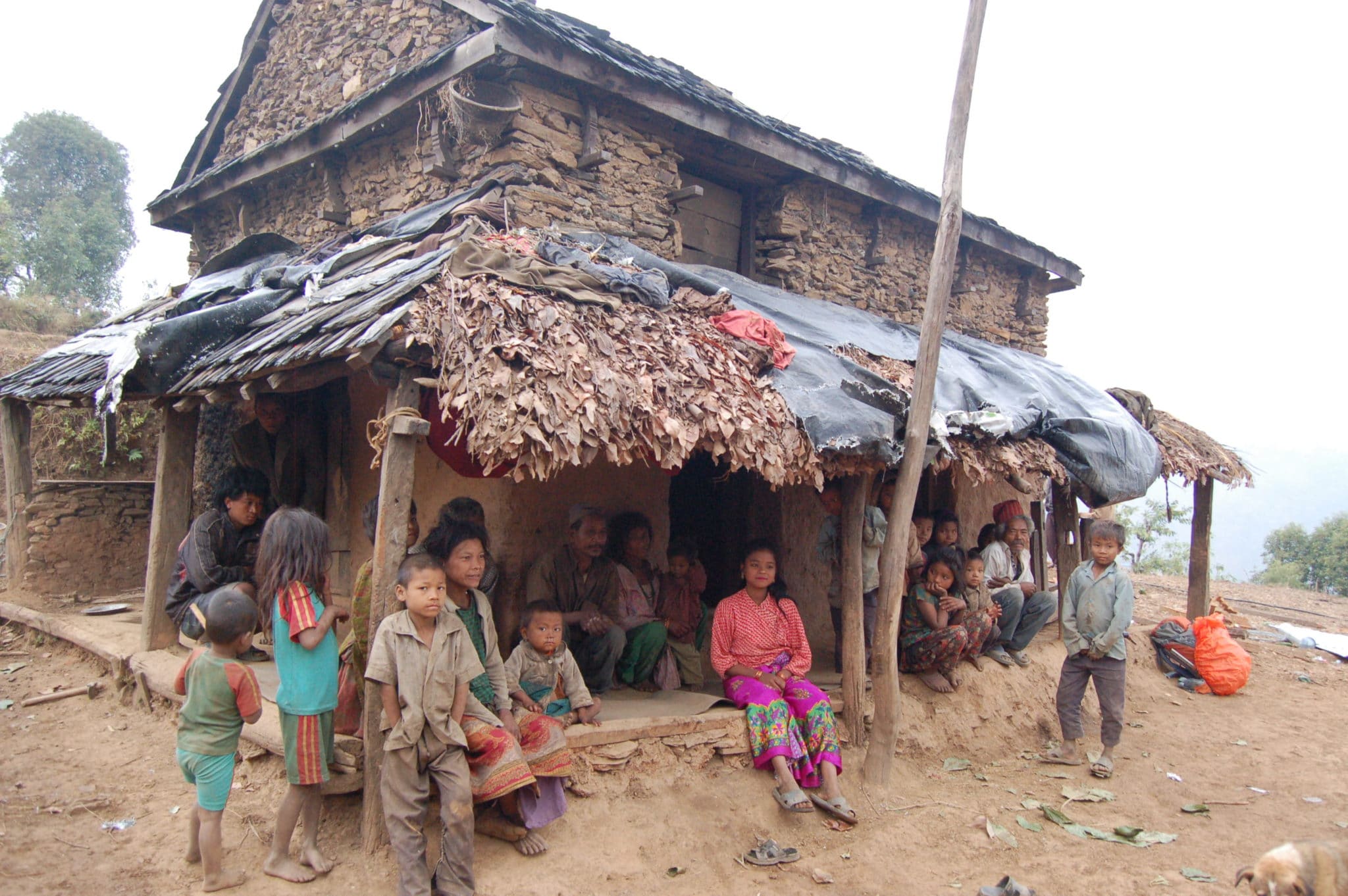
Microbiome samples also raise issues of privacy, says O’Doherty, perhaps even more so than genetic material does. “Human DNA is very powerful for identifying people, but beyond that, it doesn’t tell you all that much — maybe predisposition for disease,” he says. A person’s microbes, on the other hand, reveal far more, he says, including “who the person is, but also who that person has been in contact with, or where that person was.” Sifting through someone’s poop, in other words, is even more intimate than it sounds.
Ishaq, O’Doherty, and others believe that conversations about best ethical practices need to begin now — as proactive measures. Even after acting carefully at each step of his project, Jha says, he doubts he did everything perfectly. “If I did something wrong,” he says, “I want to know.”
Good is also cautious about what lies ahead. On his team’s return trips, he and his colleagues have found it difficult to explain the extended timeline of scientific research. Years may pass before they’re ready to return the project’s results. And when that time comes, Good and his colleagues are unsure of how to best communicate their findings — or how they’ll fit into the tribe’s uncertain future.
“As we speak to the communities, they say, ‘no one has done this like you have,’ like our team has,” Good says. “We appreciate that. But it’s a challenge. We need to maintain that trust. And these are uncharted waters.”










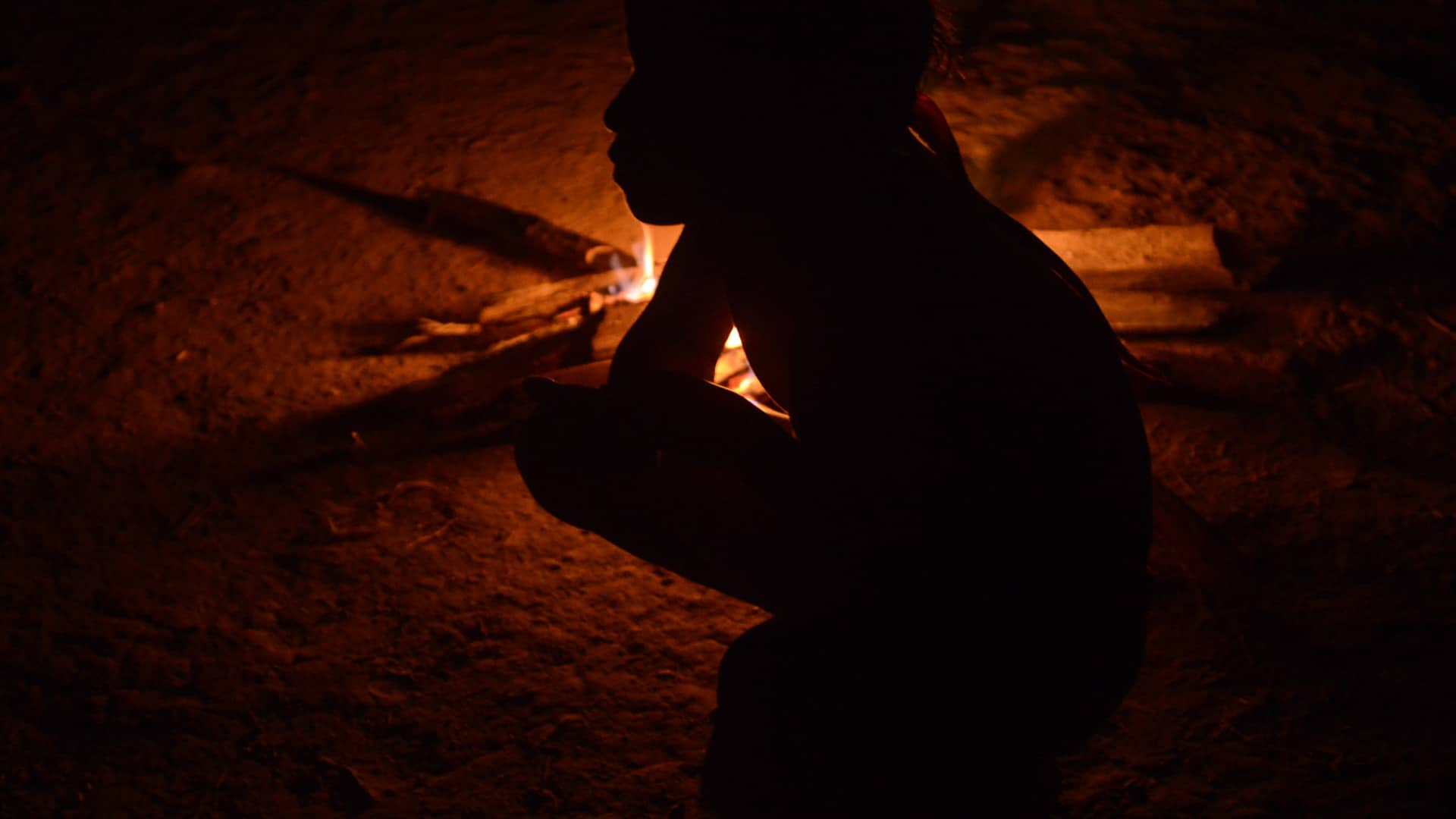
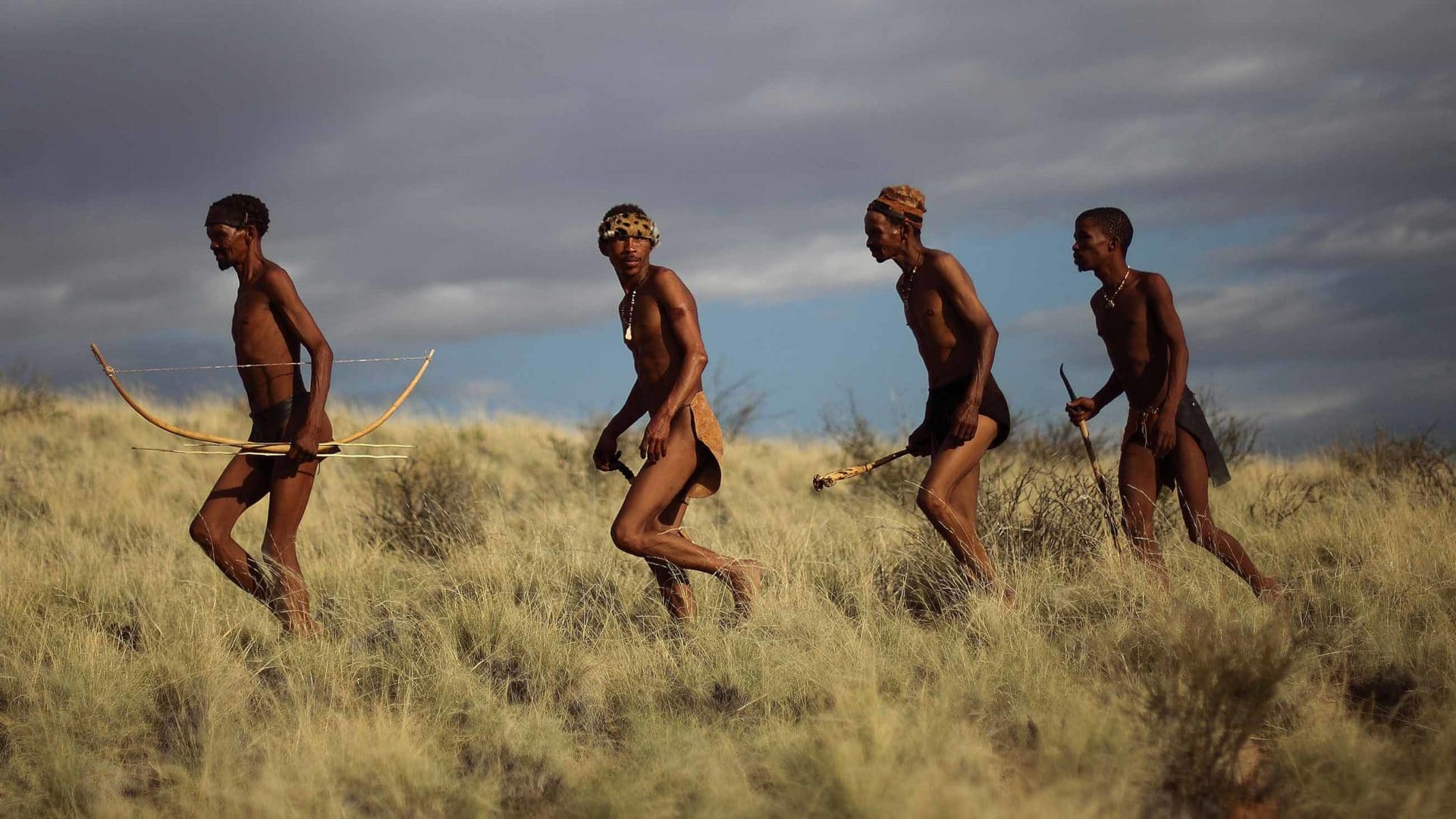
Comments are automatically closed one year after article publication. Archived comments are below.
What a terrific and well-written article on a fascinating subject that veers away from any unnecessary squeamishness and brings up so many interesting points on a very special kind of microbiome research. Thanks for this.